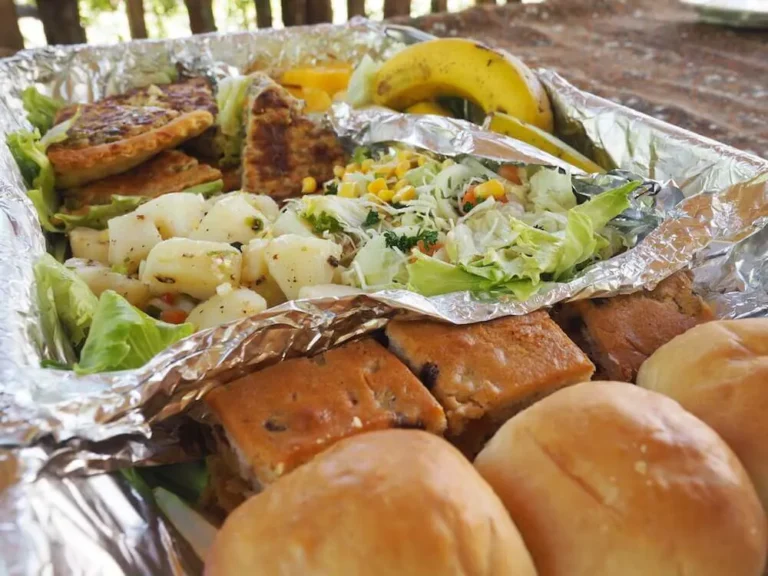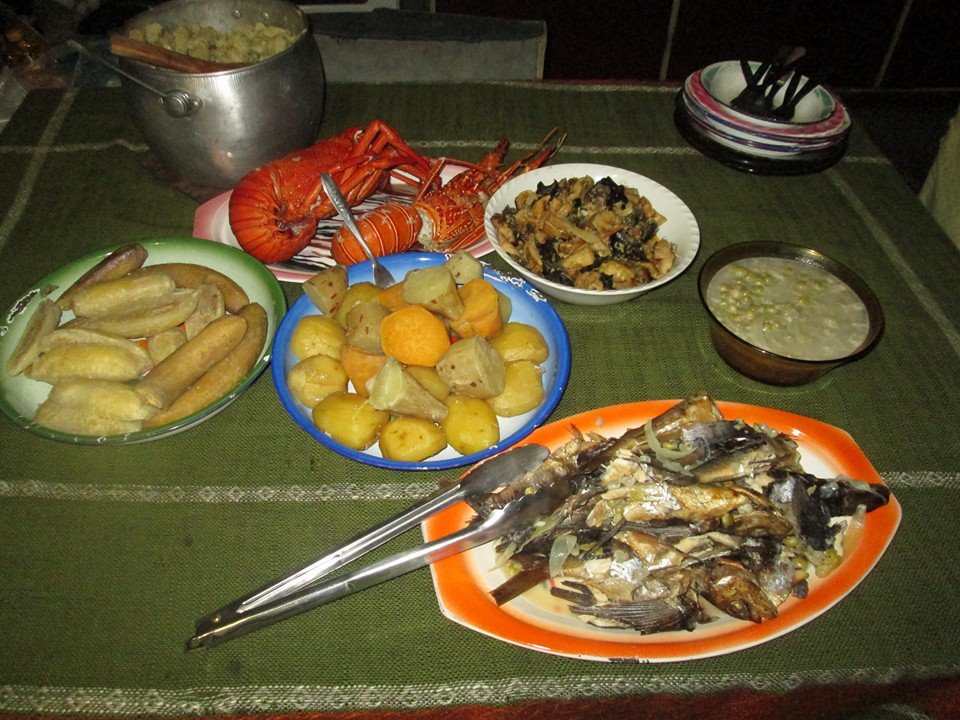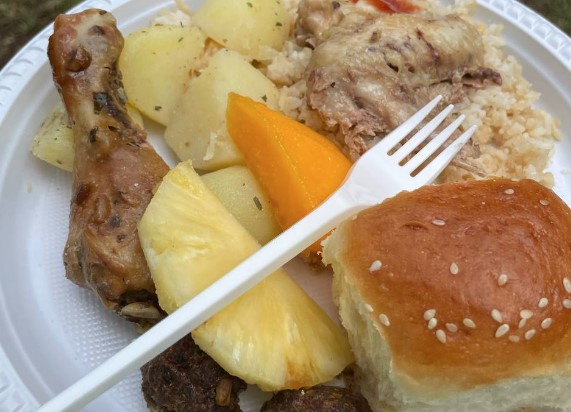Introduction: Papua New Guinea and its Beverages
Papua New Guinea is a country located in the western Pacific Ocean, known for its diverse culture and stunning natural landscapes. The country’s beverages are no exception, boasting a wide variety of unique and flavorful options. From root-based drinks to tropical coconut water, Papua New Guinea has beverages that cater to every individual’s tastes.
Root-Based Beverages: The Staple of Papua New Guinea
Root-based drinks are a staple in Papua New Guinea, with taro and cassava forming the base of many traditional beverages. These drinks are often sweetened with sugar or honey and flavored with coconut milk or spices like ginger. One popular root-based beverage is Saksak, which is made from sago starch and mixed with coconut cream and water. Another popular drink is Tuluk, which is made from taro and mixed with sugar and coconut cream. These beverages are not only delicious but also provide a source of energy and nutrition.
Coconut Beverages: The Refreshing Tastes of the Tropics
Coconut water is a refreshing and healthy beverage that is widely available in Papua New Guinea. It is a popular choice for staying hydrated in the hot tropical climate. In addition to coconut water, coconut milk is also used in many traditional recipes and beverages. One popular drink is Coconut Cream, which is made by blending coconut milk with sugar and vanilla. Another popular option is Bu, which is a fermented coconut beverage that is often served during special occasions or ceremonies.
Fruit Juices: A Colorful Array of Flavors
Papua New Guinea has a variety of exotic fruits that are used to make refreshing juices. Pineapple, mango, and papaya are some of the most popular fruits used to make juices. One unique juice is made from the Morinda citrifolia fruit, also known as noni. This fruit juice is known for its health benefits and is believed to have medicinal properties. Freshly squeezed citrus juices, such as lime and lemon, are also popular and are often used as a base for other mixed drinks.
Tea and Coffee: The Hot Beverages of Papua New Guinea
Tea and coffee are popular hot beverages in Papua New Guinea. The country is known for producing high-quality coffee beans, and coffee is an important export for the country. The coffee is often brewed using traditional methods, such as using a cloth filter or roasting the beans over an open fire. Tea is also consumed, and the country has a variety of unique blends. One popular blend is made from the leaves of the Pandanus tree and is known as Pandanus tea.
Alcoholic Beverages: A Look into Papua New Guinea’s Brewing Traditions
Alcoholic beverages are consumed in Papua New Guinea, with beer being the most popular choice. The country has a rich brewing tradition, with many small breweries producing unique flavors. One popular beer is the SP Lager, brewed by the South Pacific Brewery. Another popular alcoholic beverage is Kwila, which is a fermented drink made from the sap of the coconut palm. This drink is popular in coastal regions and is often consumed during special occasions. Despite the popularity of alcohol, it is important to note that moderation is key, and excessive drinking can have negative consequences.




